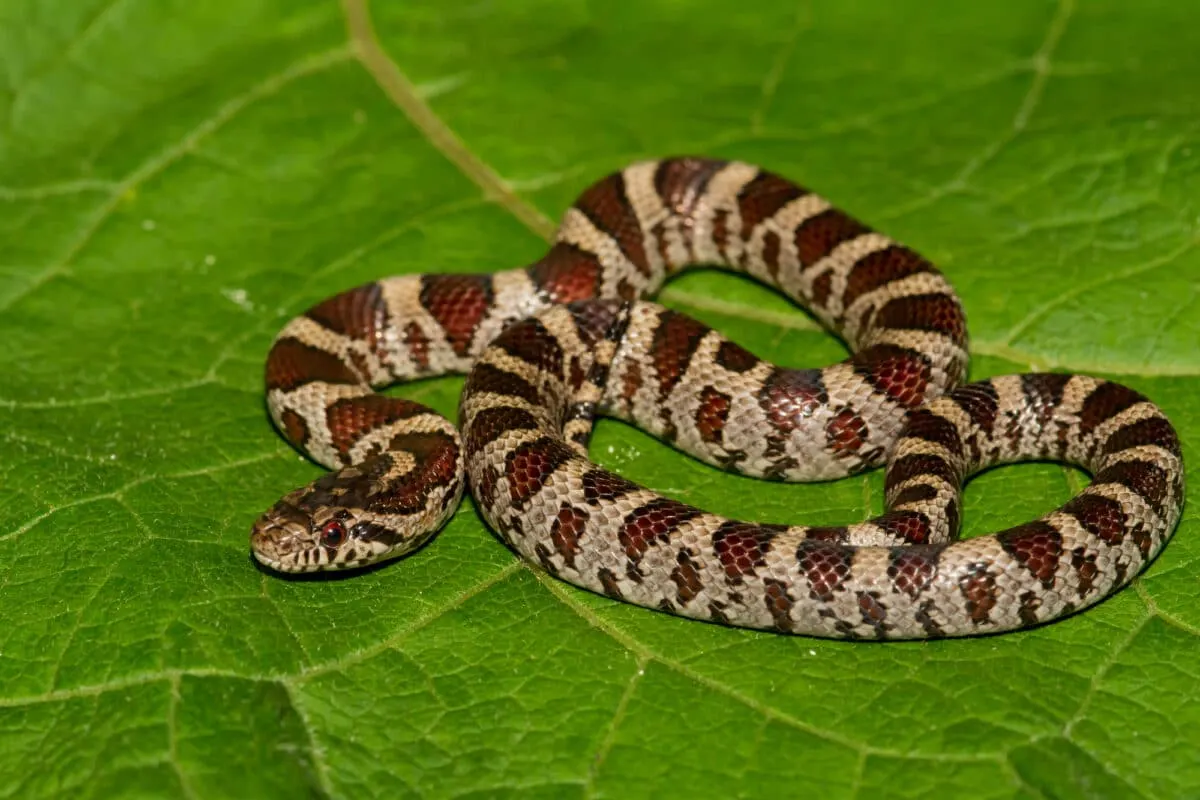Snakes have slithered their way into human consciousness since ancient times, becoming some of the most misunderstood creatures on the planet. From biblical tales to modern horror films, these reptiles have been cast as villains, symbols of evil, and objects of irrational fear. Yet, beyond the myths and misconceptions lies a fascinating group of animals that play crucial roles in ecosystems worldwide. This article aims to debunk ten common myths about snakes while confirming three popular beliefs that actually hold true. By separating fact from fiction, we can develop a more accurate understanding of these remarkable reptiles and perhaps even replace fear with appreciation for their unique adaptations and ecological importance.
Myth #10 Snakes Are Slimy
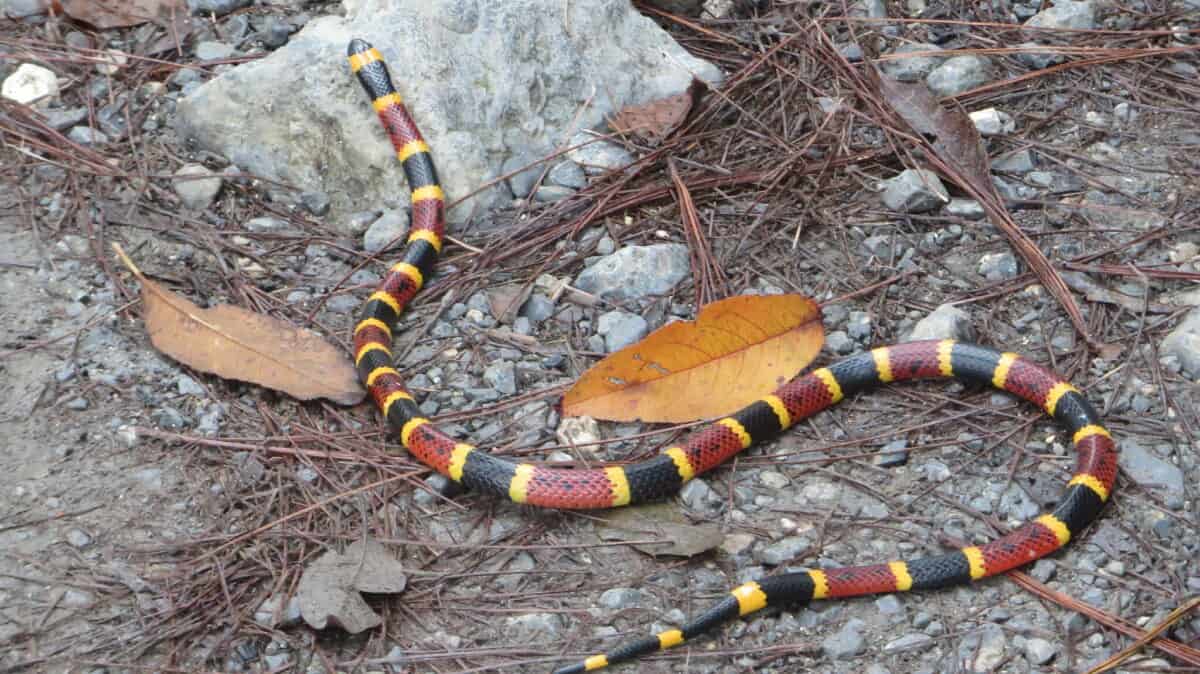
Perhaps the most persistent myth about snakes is that their bodies are slimy to the touch. This misconception likely stems from confusing snakes with amphibians like frogs and salamanders, which do have moist skin. In reality, snake skin is completely dry and often surprisingly smooth. Their bodies are covered with overlapping scales made of keratin—the same protein found in human fingernails and hair—creating a surface that feels more like cool leather than anything slimy.
This dry skin serves important functions for snakes. Unlike amphibians, who can absorb water through their skin, snakes have evolved waterproof scales that help prevent dehydration in dry environments. The texture and pattern of these scales vary greatly between species, from the smooth, glossy scales of many colubrids to the rough, keeled scales of vipers, but none produce the mucus or slime that many people mistakenly imagine.
Myth #9 Snakes Chase People

A terrifying scene in many movies shows snakes aggressively pursuing humans with malicious intent. This dramatic portrayal has contributed to the widespread belief that snakes will chase people. Wildlife experts unanimously debunk this myth, explaining that snakes have absolutely no interest in chasing humans. Snakes are generally shy creatures that prefer to avoid confrontation, especially with something as large as a human that they perceive as a potential predator rather than prey.
What might appear as “chasing” is usually a snake trying to reach a shelter that happens to be in the same direction as a person, or a defensive animal trying to get to safety when it feels cornered. Snakes have poor eyesight and primarily sense movement, so if you’re moving around frantically, a snake might feel threatened and move in what seems like your direction. The reality is that snakes expend energy conservatively and would gain nothing from pursuing a human—they simply want to escape potential danger as quickly as possible.
Myth #8 Baby Snakes Are More Dangerous Than Adults

A persistent myth suggests that baby venomous snakes are more dangerous than adults because they can’t control the amount of venom they inject, delivering a full dose with every bite. This belief has been thoroughly disproven by herpetologists who study snake venom delivery systems. Young snakes actually produce less venom than adults simply because their venom glands are smaller. They also possess the same control over venom injection as adults, capable of delivering “dry bites” with no venom when they choose.
The confusion may stem from the fact that young snakes can sometimes be more defensive and quick to bite when threatened, as they haven’t yet learned which threats require venom expenditure. However, this doesn’t make them more dangerous—quite the opposite. A bite from an adult venomous snake typically delivers more venom and causes more severe envenomation than a bite from a juvenile of the same species. This myth is particularly dangerous because it might lead people to be less cautious around smaller snakes, which can still deliver potentially lethal bites if they’re venomous species.
Myth #7 Snakes Unhinge Their Jaws to Eat

Many people believe snakes can “unhinge” or “dislocate” their jaws to swallow prey larger than their heads. This common misconception misrepresents the fascinating adaptations that actually allow snakes to consume surprisingly large meals. Snakes don’t have a fixed jaw joint like mammals do. Instead, their jaw bones—the mandibles—are connected by elastic ligaments at the front where humans have a chin, and the quadrate bones at the back of their skull are movable.
This extraordinary adaptation allows snakes to stretch their mouths to impressive dimensions without any “unhinging.” Their skull bones are also loosely connected and can spread apart during feeding. Combined with highly elastic skin and the ability to move each side of the lower jaw independently, these adaptations enable snakes to work their mouths around prey much larger than their head. While remarkable, this process involves specialized anatomy rather than any dislocation or unhinging of joints—their jaws remain fully intact and functional throughout the feeding process.
Myth #6 Snakes Are Deaf
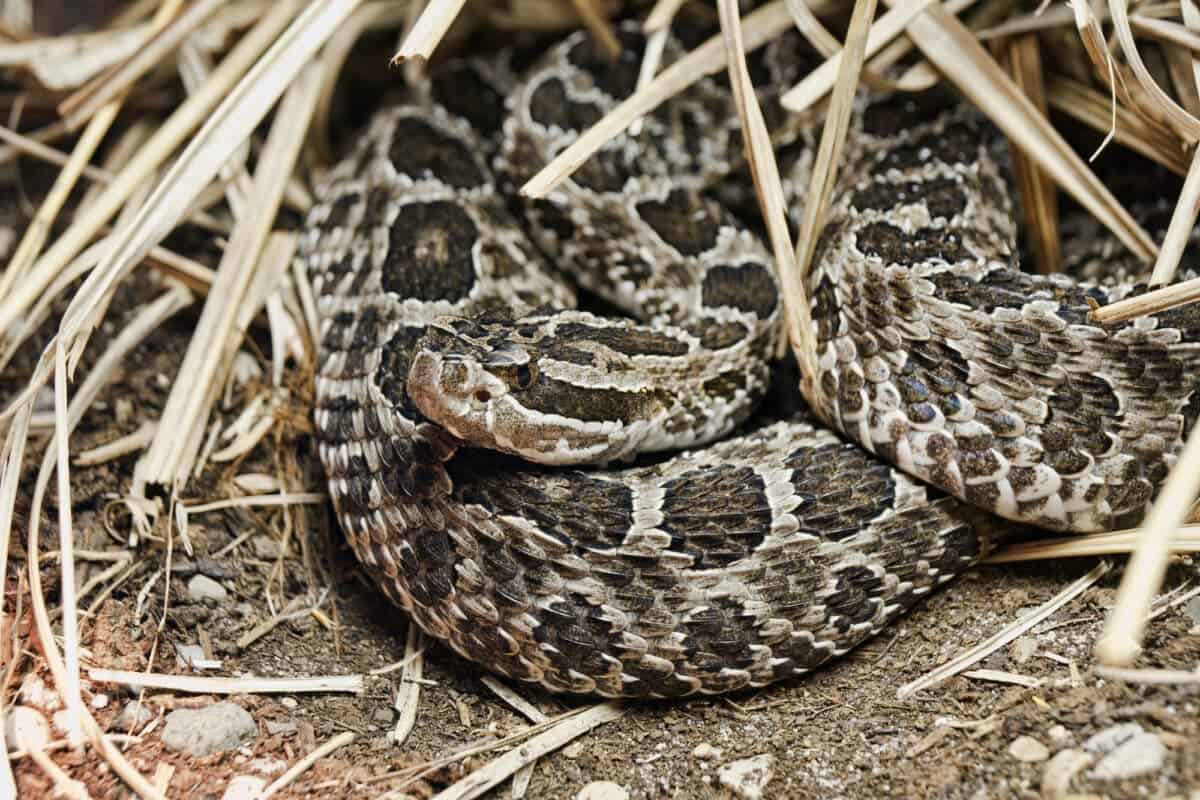
The belief that snakes are completely deaf is widespread but inaccurate. This myth likely originated from the observation that snakes lack external ears and don’t respond to airborne sounds the way other animals do. However, snakes do possess internal ear structures capable of detecting sound, particularly low-frequency vibrations. Their inner ears connect to their jawbones, allowing them to detect vibrations traveling through the ground or other surfaces they’re in contact with.
Recent research has challenged the traditional view even further, with studies showing that some species can detect airborne sounds within specific frequency ranges. For example, research published in the Journal of Experimental Biology demonstrated that certain snakes respond to airborne sounds between 80 and 600 Hz. While snakes may not hear the same way humans do, they certainly aren’t deaf. Their hearing is simply adapted for their lifestyle, focusing on vibrations that might signal approaching predators or prey moving through their environment rather than airborne sounds that would be less relevant to their survival.
Myth #5 Milk Snakes Get Their Name Because They Drink Milk From Cows

The colorful milk snake (Lampropeltis triangulum) is the subject of a peculiar folk myth suggesting these snakes visit barns at night to drink milk directly from cows’ udders. This bizarre belief has persisted for centuries, despite being biologically impossible. Snakes are carnivores with specialized digestive systems designed to process meat, not dairy. They lack the physical ability to suck milk and would have no digestive mechanism to process lactose even if they could consume it.
The real explanation for the milk snake’s name is much more practical. These harmless constrictors earned their moniker because they were frequently found in and around dairy barns—not to milk the cows, but to hunt the mice and rats attracted to stored grain. Farmers who discovered these beneficial predators in their barns misinterpreted their presence, creating the milk-drinking myth. The irony is that milk snakes were actually helping farmers by controlling rodent populations that would otherwise damage grain stores and potentially spread disease to livestock.
Myth #4 Snakes Hypnotize Their Prey

The idea that snakes can hypnotize or “charm” their prey before striking has been popularized in fiction and folklore for centuries. Tales of rabbits, birds, or rodents becoming paralyzed by a snake’s gaze have led to the persistent belief that snakes possess some form of hypnotic ability. Scientific observation has thoroughly debunked this myth. What appears to be hypnosis is actually an evolutionary freeze response exhibited by many prey animals when they detect a predator.
This natural response, sometimes called tonic immobility, is a last-resort defensive mechanism in many species. When an animal senses it has been detected by a predator and escape is unlikely, freezing might offer a final chance at survival if the predator loses interest or fails to detect the now-motionless prey. Far from being hypnotized, the prey animal is experiencing an instinctive fear response. Some snake hunting behaviors might enhance this effect—for example, certain species sway their heads from side to side before striking, which might intensify the prey’s freeze response, but no mystical charming or hypnosis is involved in this predator-prey interaction.
Myth #3 Snakes Travel in Pairs
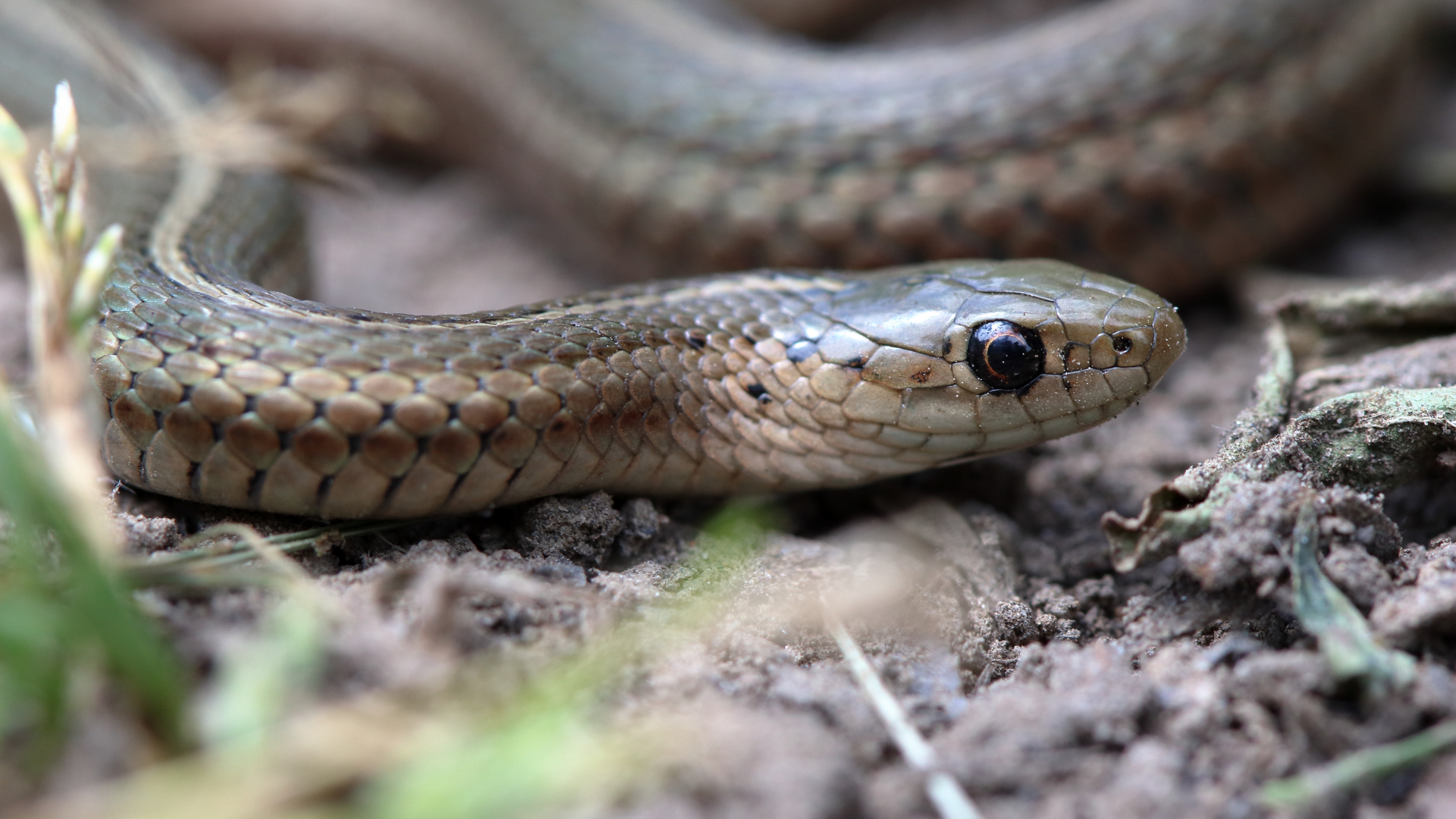
The belief that “if you see one snake, its mate is nearby” has caused unnecessary concern for many people encountering these reptiles in the wild. This myth has no basis in snake biology or behavior. Snakes are primarily solitary animals that come together briefly for mating and then resume their independent lives. Unlike many birds and mammals, snakes do not form pair bonds or stay with mates after breeding, nor do they travel or hunt in pairs.
The misconception might stem from observations during mating season when multiple snakes may congregate in suitable habitat, or when several snakes are attracted to the same shelter or food source. For example, hibernacula—winter denning sites—can contain dozens or even hundreds of snakes gathered to survive cold temperatures. However, these are circumstantial gatherings rather than evidence of pair bonding. Each snake in these aggregations acts independently, seeking optimal conditions for its own survival rather than maintaining a partnership with another snake. Outside of these specific situations, snakes encountered in the wild are almost always solitary individuals.
Myth #2 Snakes Cannot Bite Underwater
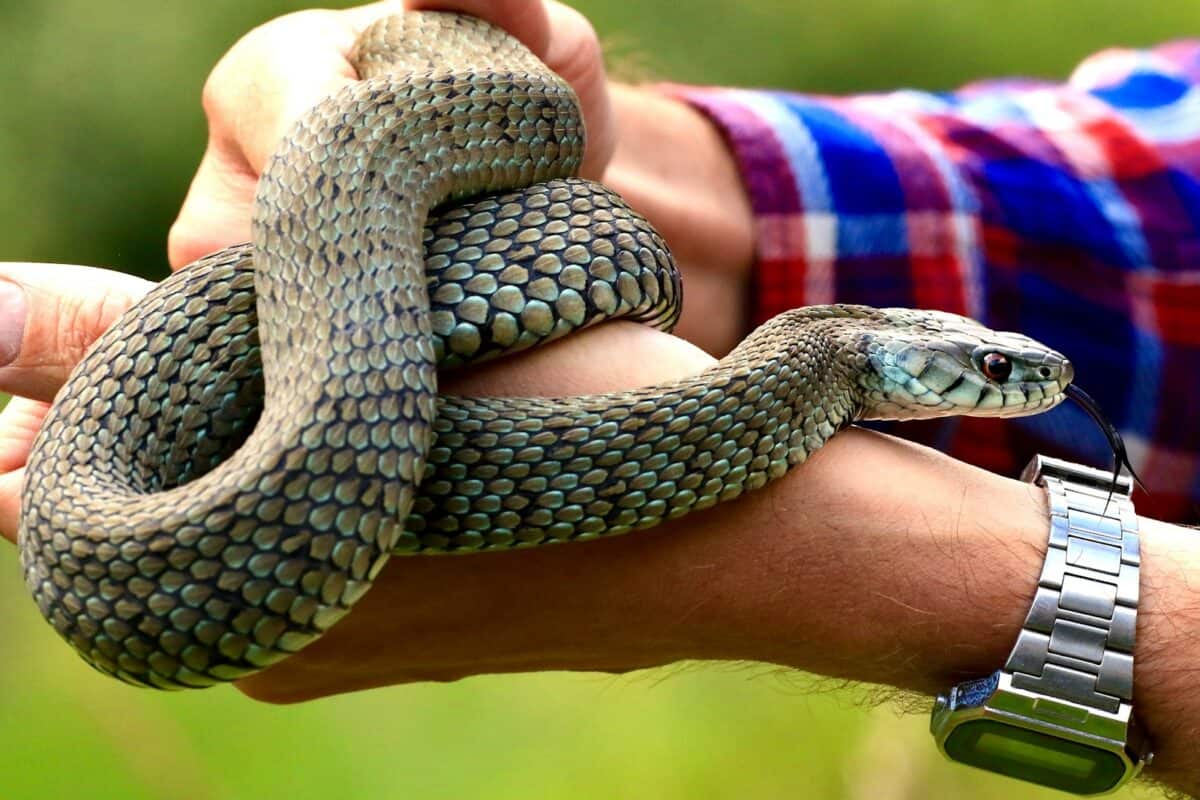
A dangerous myth suggests that swimming snakes cannot bite while underwater, leading some people to believe they’re safe from venomous species like water moccasins when submerged. This misconception could have deadly consequences. Aquatic and semi-aquatic snakes are perfectly capable of biting underwater and often do so to capture fish and other aquatic prey. Their specialized anatomy allows them to strike efficiently in water, with some species even adapted to hunt exclusively in aquatic environments.
Water moccasins (Agkistrodon piscivorus) and other venomous water snakes can deliver fully functional, venomous bites whether they’re on land or submerged. Even primarily terrestrial venomous snakes that find themselves in water retain their ability to bite. The physics of water may slow strike speed compared to strikes in air, but this doesn’t prevent the snake from successfully biting underwater targets. For safety, people should treat all snakes with caution regardless of whether they’re encountered on land or in water, giving them space and avoiding interactions that might provoke defensive behavior.
Myth #1 All Snakes Lay Eggs
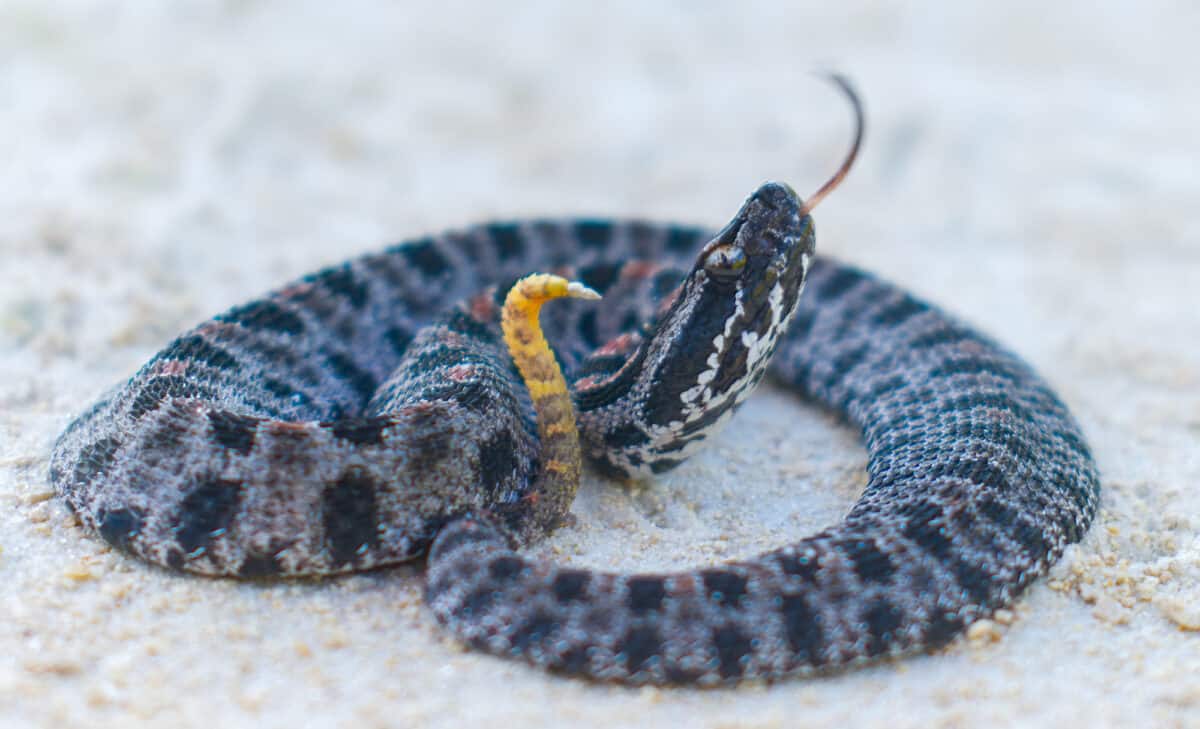
Many people assume that all snakes reproduce by laying eggs, but this generalization overlooks the diverse reproductive strategies these reptiles have evolved. While approximately 70% of snake species are oviparous (egg-laying), about 30% are viviparous (live-bearing) or ovoviviparous (retaining eggs inside the body until they hatch). This diversity in reproductive methods represents remarkable adaptations to different environments and ecological niches.
Live-bearing is particularly common among snakes in cooler climates, where external eggs might not receive sufficient heat for proper development. For example, all rattlesnakes, water moccasins, and copperheads—members of the pit viper family—give birth to live young. Boa constrictors, anacondas, and garter snakes are also viviparous. In these species, embryos develop inside the mother, receiving nutrients through a placenta-like structure or from yolk sacs. This reproductive strategy provides better protection for developing offspring and allows snakes to colonize regions where external egg incubation would be challenging or impossible due to environmental conditions.
Truth #3 Some Snakes Can Go Months Without Eating

One commonly held belief that is absolutely true is that snakes can survive extraordinarily long periods without food. This remarkable ability stems from their specialized metabolism and energy conservation adaptations. Unlike mammals, which maintain constant body temperatures through high metabolic rates requiring frequent feeding, snakes are ectothermic (cold-blooded) and can drastically reduce their metabolism during periods of inactivity. Large species like pythons and boas can go 6-12 months between meals in the wild, while some smaller species may need to eat more frequently but still survive weeks or months without food.
This fasting ability reaches its most extreme in certain species under specific conditions. Ball pythons have been documented surviving 22 months without eating, while some species in research settings have gone over two years. The metabolic flexibility of snakes allows them to burn fat reserves extremely slowly, converting much of their muscle tissue into energy when necessary. After large meals, many snakes undergo dramatic physiological changes, with organs like the intestines, liver, and heart temporarily growing larger to process the meal before shrinking during fasting periods. This ability to dramatically scale their metabolism up and down represents one of the most impressive adaptations in the animal kingdom.
Truth #2 Some Snakes Really Do Play Dead

The famous behavior of “playing dead” or “playing possum” is genuinely employed by certain snake species as a defensive strategy. The eastern hognose snake (Heterodon platirhinos) is the most renowned practitioner of this deception. When threatened and unable to escape, these dramatic reptiles will roll onto their backs, open their mouths, let their tongues hang out, and even emit a foul-smelling musk from their cloaca that mimics the odor of decomposition. They become completely limp when handled and will repeatedly roll onto their backs if turned right-side up by a curious observer.
This elaborate death-feigning behavior, known scientifically as thanatosis, serves as a last-resort defense mechanism. Many predators are programmed to avoid dead prey, which might be diseased or decaying. By convincingly mimicking death, these snakes exploit this predator aversion. The behavior isn’t limited to hognose snakes—certain species of garter snakes, grass snakes, and others have been documented employing similar tactics when cornered. Unlike the myths on our list, this seemingly implausible behavior is well-documented in scientific literature and represents a fascinating example of behavioral adaptation for survival in these remarkable reptiles.
Truth #1 Venomous Snakes Can Be Identified By Head Shape

While many snake identification guidelines oversimplify, there is truth to the observation that most venomous snakes in North America (specifically pit vipers like rattlesnakes, copperheads, and cottonmouths) have triangular-shaped heads. This distinctive head shape is caused by the venom glands positioned behind the eyes, creating a noticeable widening between the eyes and neck. Combined with their heat-sensing pits and vertical (elliptical) pupils, these features can help identify potentially dangerous species in regions where pit vipers are common.
However, this guideline comes with important caveats that prevent it from being a universal rule. Many non-venomous snakes, including watersnakes, gopher snakes, and hognose snakes, flatten their heads defensively to appear more threatening, creating a triangular shape that mimics venomous species. Additionally, coral snakes—highly venomous elapids found in parts of the United States—have rounded heads similar to many harmless species. Outside North America, many deadly snakes like mambas and cobras don’t display pronounced triangular heads. While the head-shape guideline contains a kernel of truth for identifying certain venomous species in specific regions, it should be used alongside other identification features rather than as a standalone rule.
Conclusion: Understanding Snakes Beyond the Myths

Separating snake fact from fiction allows us to appreciate these remarkable reptiles for what they truly are: highly adapted survivors with fascinating behaviors and important ecological roles. By dispelling myths that paint snakes as malicious, magical, or monstrous, we can develop a more accurate understanding based on their actual biology and behavior. The persistence of these misconceptions reflects our complex cultural relationship with snakes, where fear often overshadows facts. Many of these myths likely originated from misinterpreted observations or attempts to explain snake behaviors before scientific understanding was available.
Education remains the most effective antidote to snake misinformation. Learning to identify local species, understanding their ecological importance as predators of disease-carrying rodents, and recognizing their natural behaviors can transform fear into respect. For those who encounter snakes in the wild, this knowledge promotes safer interactions—maintaining distance from all snakes, regardless of species, while appreciating their right to exist in their natural habitats. As we’ve seen
- 11 Dog Breeds That Rarely Bark - August 22, 2025
- 13 Wild Animals That Only Come Out at Night - August 22, 2025
- 15 Strangest Animal Feeding Habits - August 22, 2025

